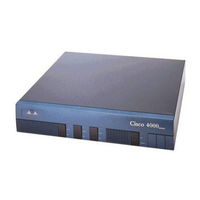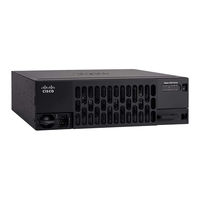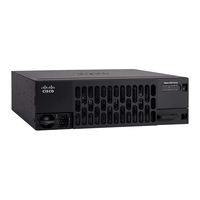Cisco 4700M Manuals
Manuals and User Guides for Cisco 4700M. We have 5 Cisco 4700M manuals available for free PDF download: Configuration Manual, Administration Manual, Upgrade Manual, Installation Manual, Replacement Manual
Cisco 4700M Configuration Manual (388 pages)
Application Control Engine Appliance Security
Table of Contents
Advertisement
Cisco 4700M Administration Manual (292 pages)
Application Control Engine Appliance
Table of Contents
Advertisement
Cisco 4700M Installation Manual (18 pages)
Rack-Mount and Wall-Mount
Brand: Cisco
|
Category: Network Router
|
Size: 0.34 MB
Table of Contents
Cisco 4700M Replacement Manual (16 pages)
Replacing the Power Supply
Brand: Cisco
|
Category: Network Router
|
Size: 0.62 MB




